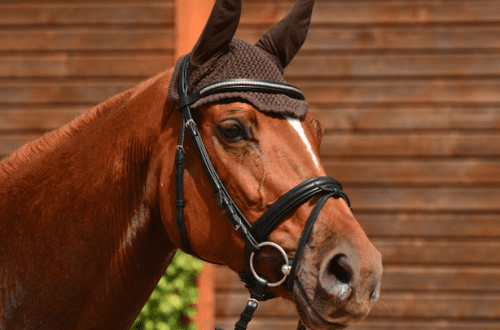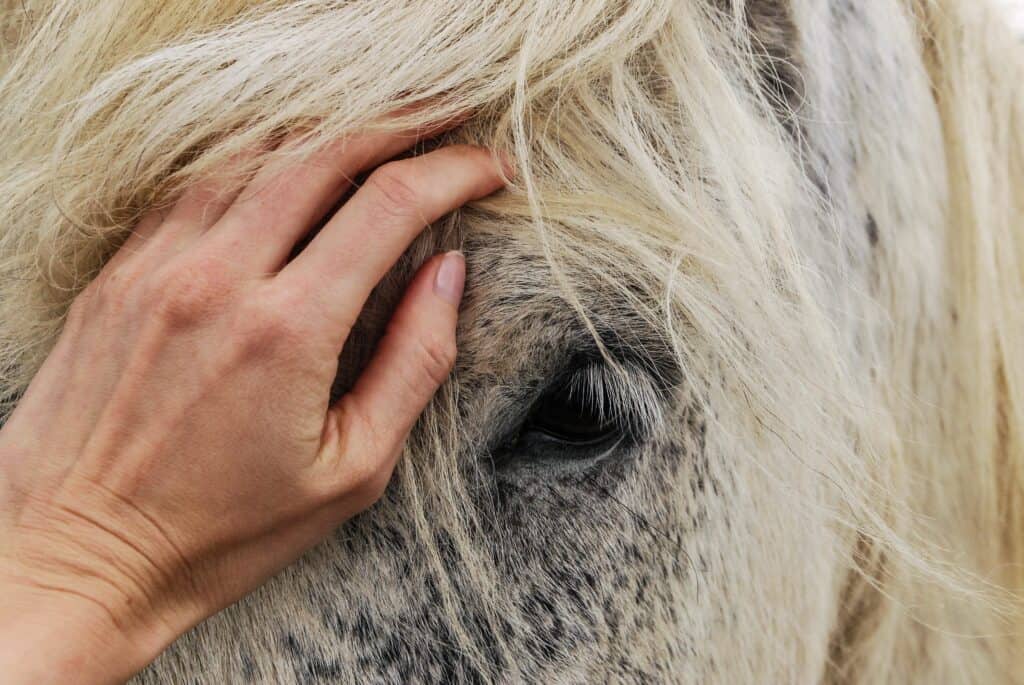
Horse touch
Sometimes trainers who are unwilling or unable to think about the psychology and well-being of the horse will say that the horse “does not respond to the leg” (pressing part of the leg from the knee to the ankle on the side of the horse), and are advised to increase the impact, including hitting the horse or use spurs even for not very experienced riders. How sensitive (or insensitive) is a horse’s skin?
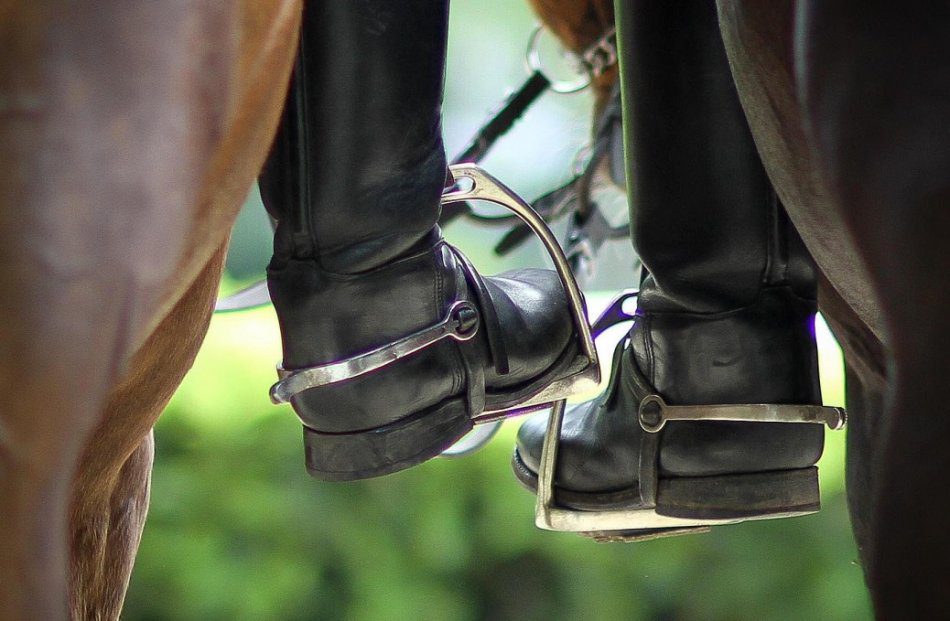

Photo source: http://esuhorses.com
Horse skin is extremely sensitive! If you watch free-roaming horses, you will notice that as soon as a fly lands on the side of the horse, a shiver runs through the body of the animal. The horse’s sense of touch is very well developed, and the skin reacts to the slightest touch. And horses are ticklish. Therefore, it is not surprising that on a hot day, insects can drive horses crazy. And if the horse does not respond to the touch of the leg, this is the problem of the rider and the trainer, but not the sensitivity of the horse.
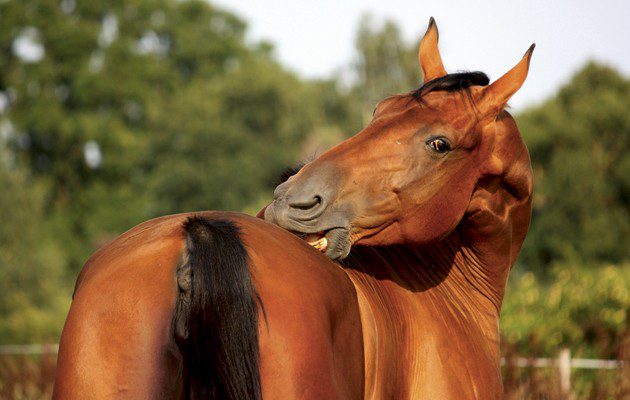



In the photo: the horse’s skin is very sensitive. Photo source: https://www.horseandhound.co.uk
The horse is especially sensitive to touch on the head, especially in the area of the ears, eyes or nostrils. On the nostrils and around the eyes, the horse has thick long hairs – vibrissae, which have nerve endings at the root and make the horse’s sense of touch more subtle.
However, the horse’s main organ of touch is the lips. And if we can examine objects with our fingertips, then the horses “scramble” them with their lips.
The movements of the horse’s lips are extremely precise: in a pasture, a horse sorts blades of grass with its lips, choosing only those that are suitable for food, if it had the opportunity to remember poisonous plants (for example, by watching how other horses eat).
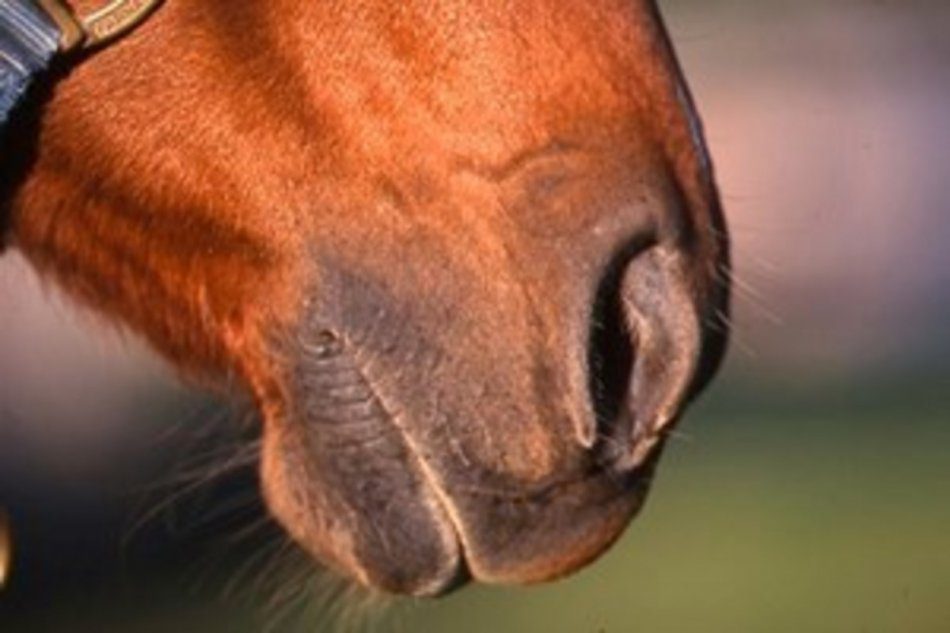



In the photo: The main organ of touch of the horse: lips. Photo source: https://equusmagazine.com
The horse can determine the place that something touches with an accuracy of 3 cm. And distinguishes temperature fluctuations of 1 degree.
The horse is very sensitive to electric current, and people have learned to use this quality. For example, electric shepherds are widespread – a fence made of wire or tapes under current. As a horse becomes accustomed to an electric fence, it becomes very wary of any similar tapes or wires.
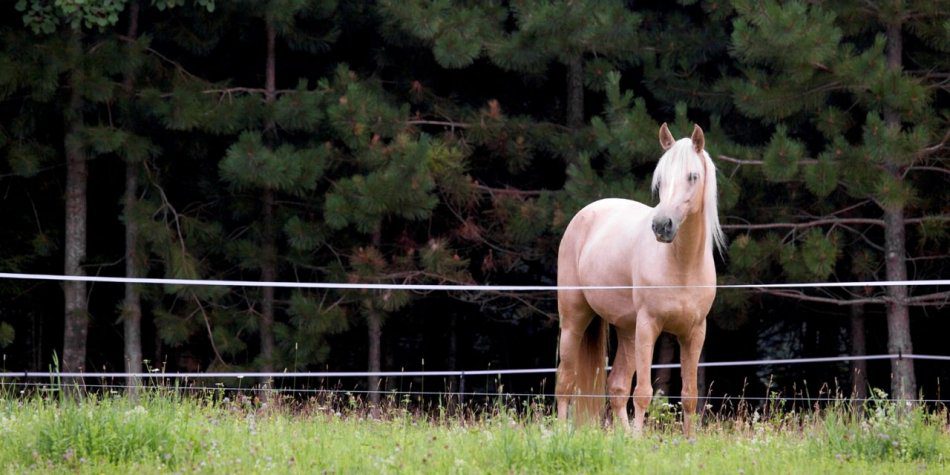



In the photo: a horse in an electric shepherd. Photo source: https://thehorse.com







